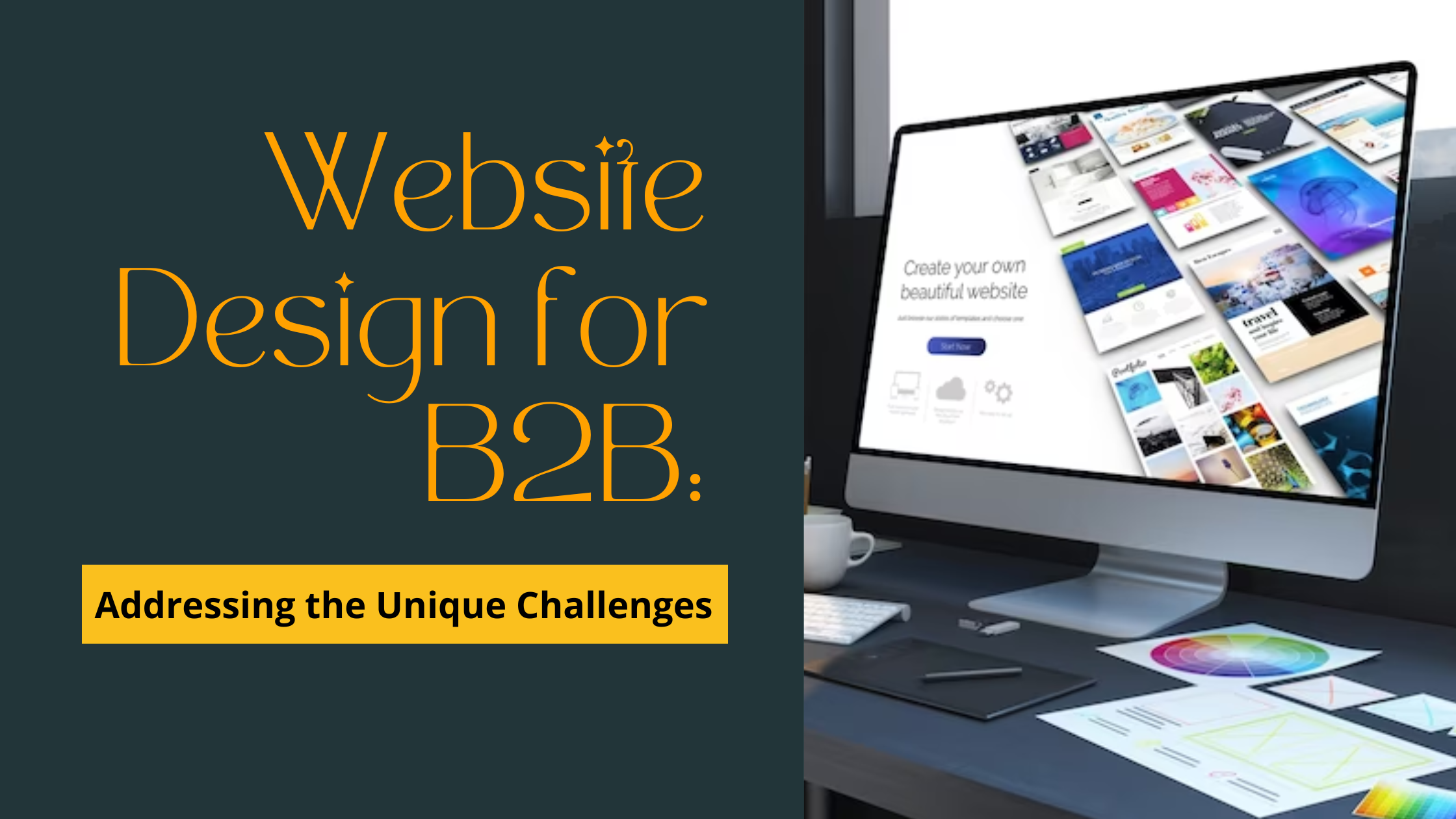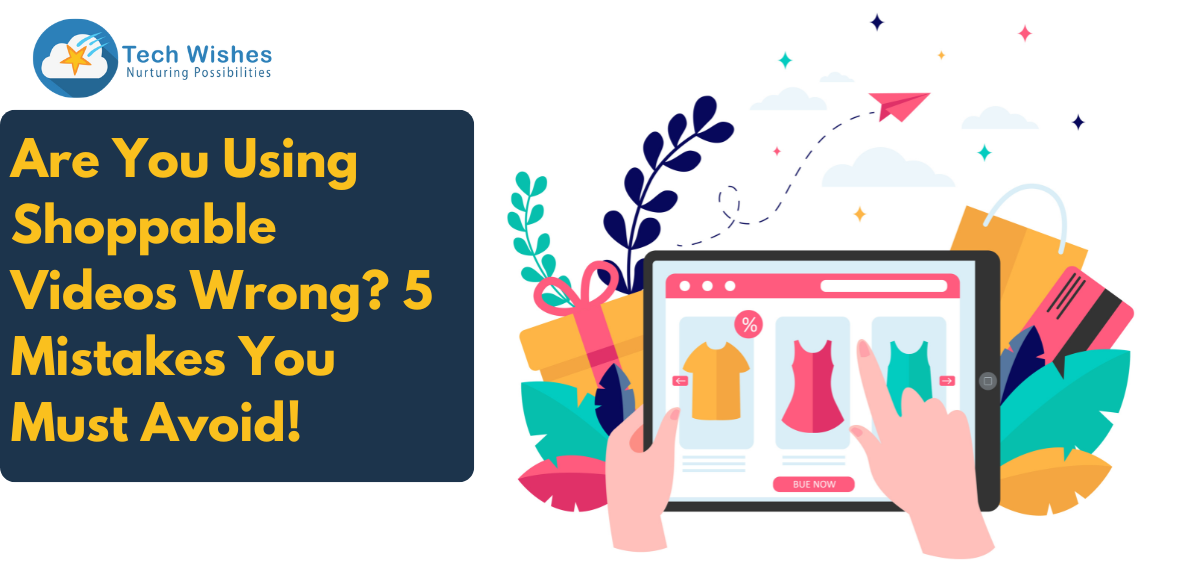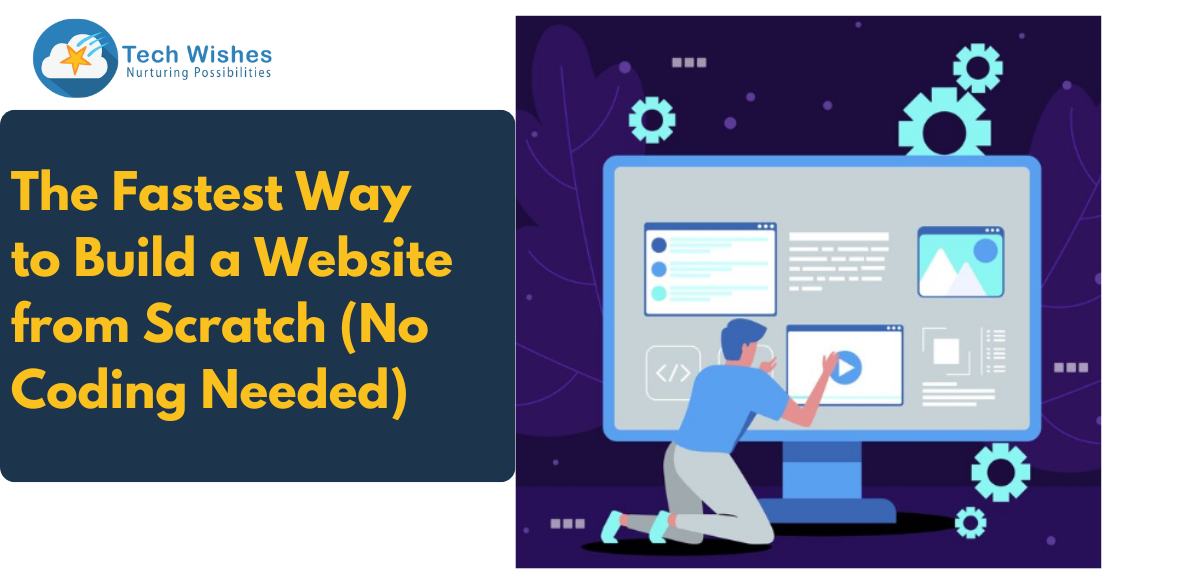Understanding the B2B Design Landscape
Business-to-Business (B2B) companies face distinct challenges compared to their Business-to-Consumer (B2C) counterparts. B2B transactions often involve longer sales cycles, complex decision-making processes, and multiple stakeholders. As such, the design of B2B websites demands a thoughtful and strategic approach to cater to the unique needs and preferences of the target audience. In this blog, we will explore the key challenges faced by B2B companies and delve into the essential elements of website design that effectively address these challenges.
Looking for a website design company in Kolkata? Reach out…
1. Establishing Trust and Credibility
In the B2B landscape, trust and credibility are paramount. Businesses seek to establish partnerships with other organizations they can rely on for their products and services. Website design plays a crucial role in building trust from the moment visitors land on the site. Utilize the following strategies to convey credibility:
– Compelling Testimonials and Case Studies: Showcase success stories and testimonials from satisfied clients to highlight your track record of delivering value to businesses similar to your target audience.
– Trust Seals and Certifications: Display relevant trust seals, certifications, and industry affiliations to reassure visitors that your business meets the required standards and adheres to best practices.
– Professional and Consistent Branding: Maintain a consistent brand identity throughout the website to create a sense of professionalism and reliability.
2. Emphasizing Value Proposition
For B2B companies, the value proposition is crucial in persuading potential clients to choose their products or services over competitors. A clear and compelling value proposition should be prominent on the website's homepage and other key pages. Consider the following approaches:
– Highlighting Key Benefits: Clearly articulate the key benefits and unique selling points of your offerings to showcase how your solutions address the specific pain points of businesses.
– Data-driven Proof: Back up your value proposition with data and statistics that demonstrate the positive impact your solutions have had on other businesses.
3. Streamlining Complex Information
B2B products and services often involve intricate details that require a thorough understanding by potential buyers. The challenge lies in presenting this complex information in a user-friendly and easily digestible format. Employ the following design elements to streamline information:
– Clear and Intuitive Navigation: Organize information with a logical and easy-to-follow navigation system that enables visitors to find what they need without confusion.
– Visual Storytelling: Use infographics, charts, and other visual elements to present data and complex concepts in a visually engaging manner.
– Comprehensive Product Pages: Create dedicated product or service pages that provide in-depth information, specifications, and use cases.
Read: 10-Ways To Crafting Compelling Content for Digital Marketing
4. Personalization and Targeting
B2B customers appreciate a personalized experience that caters to their specific needs and preferences. Implementing personalization strategies on the website can significantly enhance the user experience. Consider the following methods:
– Account-based Marketing (ABM): Tailor content and messaging to address the specific pain points and challenges faced by target accounts.
– Dynamic Content: Use dynamic content elements on the website to display personalized messages based on the visitor's industry, company size, or location.
– Customized Calls-to-Action (CTAs): Present CTAs that resonate with the visitor's stage in the buyer's journey and align with their specific interests.
5. Mobile Responsiveness and Performance
With the increasing reliance on mobile devices, B2B decision-makers are more likely to access websites from their smartphones and tablets. A mobile-responsive design is no longer optional—it's essential. Consider the following aspects to ensure a seamless mobile experience:
– Responsive Design: Create a website that adapts smoothly to various screen sizes and devices, maintaining usability and visual appeal.
– Fast Loading Speed: Optimize the website for quick loading times to prevent user frustration and improve search engine rankings.
Reach out to Page Speed Optimization Experts for more…
6. Empowering Self-Service and Knowledge Sharing
B2B buyers often conduct extensive research before engaging with a sales representative. Provide self-service resources and knowledge-sharing platforms to facilitate informed decision-making. Utilize the following methods:
– Resource Library: Offer an extensive library of whitepapers, e-books, and blog posts that address industry trends, best practices, and insights.
– Interactive Content: Incorporate interactive tools such as calculators or quizzes to engage visitors and provide them with personalized insights.
For more, hire the best website design company in Kolkata…
Conclusion
Designing a website that caters to the unique challenges of the B2B audience requires a strategic approach that emphasizes trust, credibility, value proposition, and personalized experiences. By addressing these key elements, B2B companies can create a compelling online presence that resonates with their target audience, accelerates sales cycles, and fosters lasting business relationships. Remember, the website is not just a digital storefront; it's an invaluable tool to nurture and convert potential clients into loyal customers. With thoughtful website design, B2B companies can embark on a journey towards digital success and achieve remarkable growth in the competitive B2B landscape.
Hire web designers to know more…




